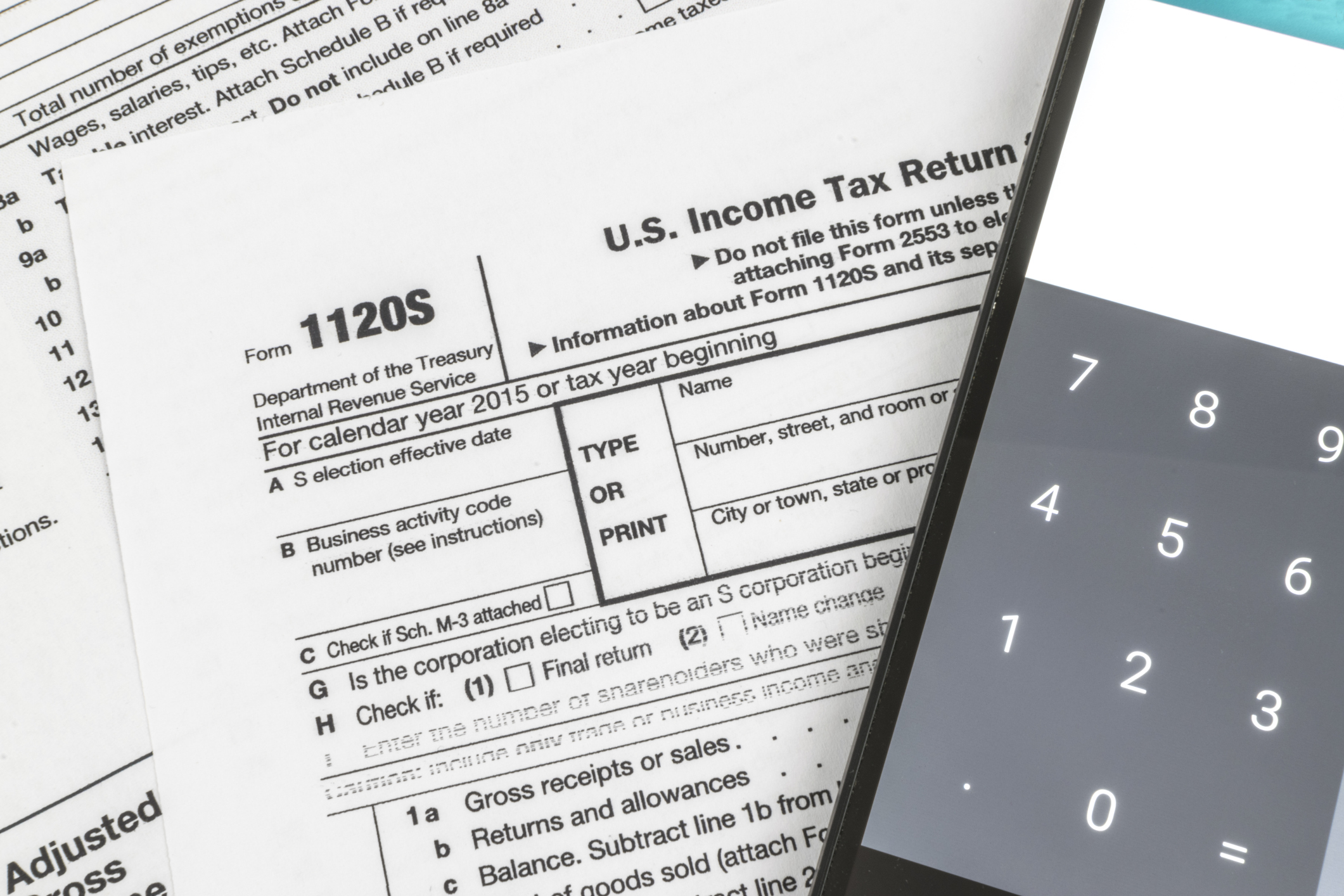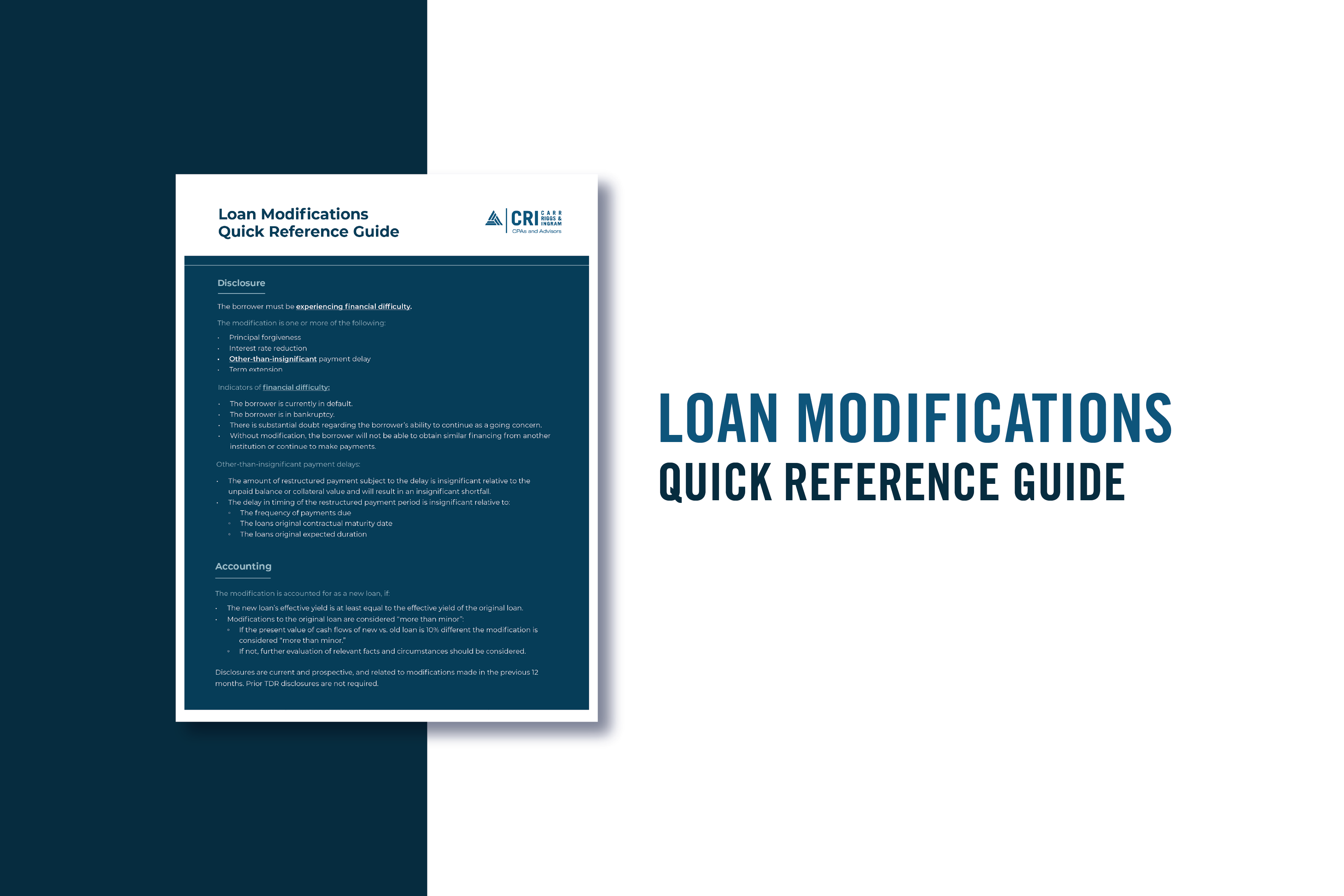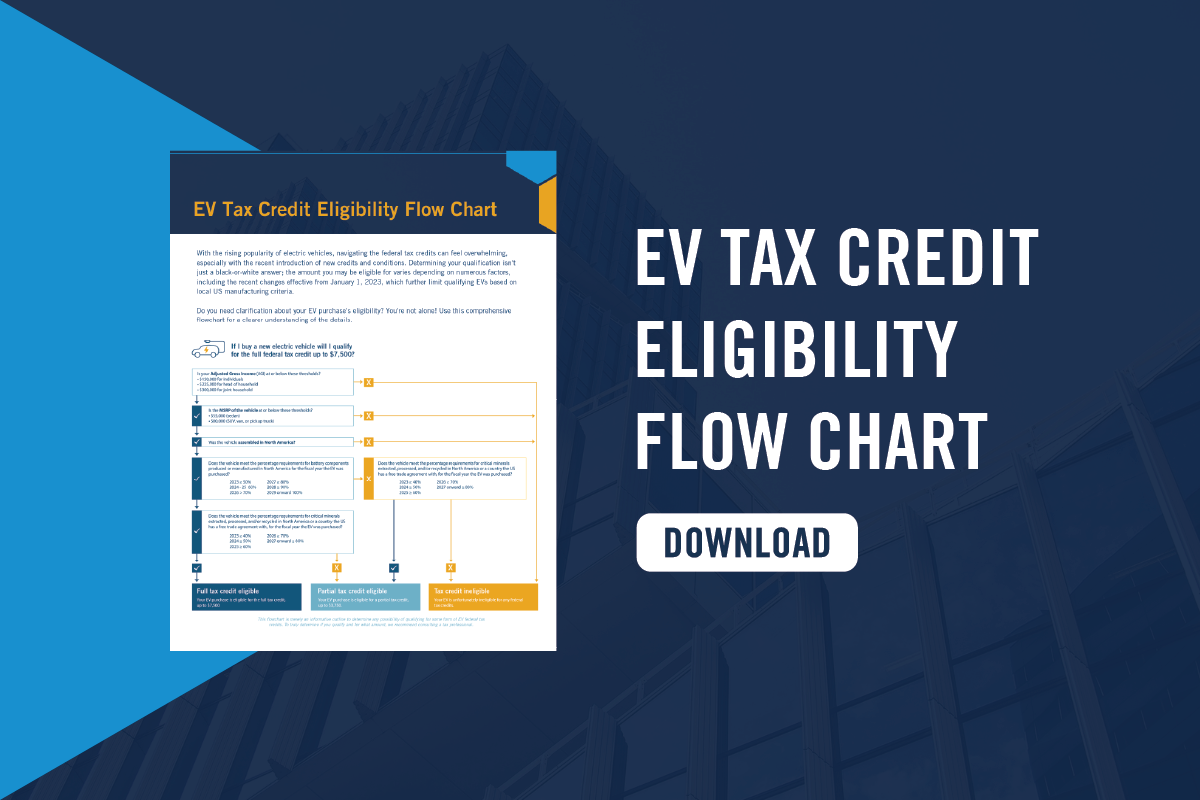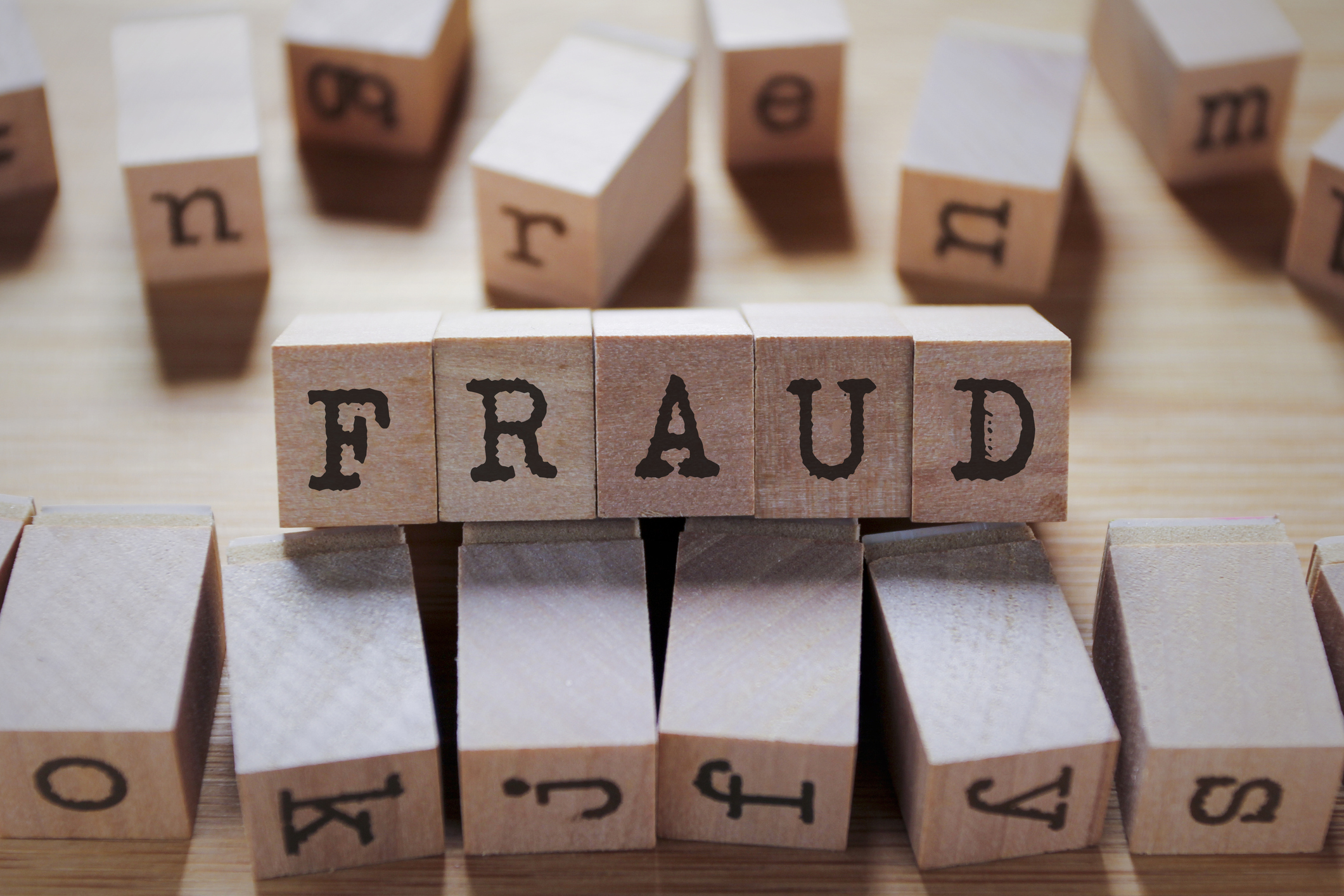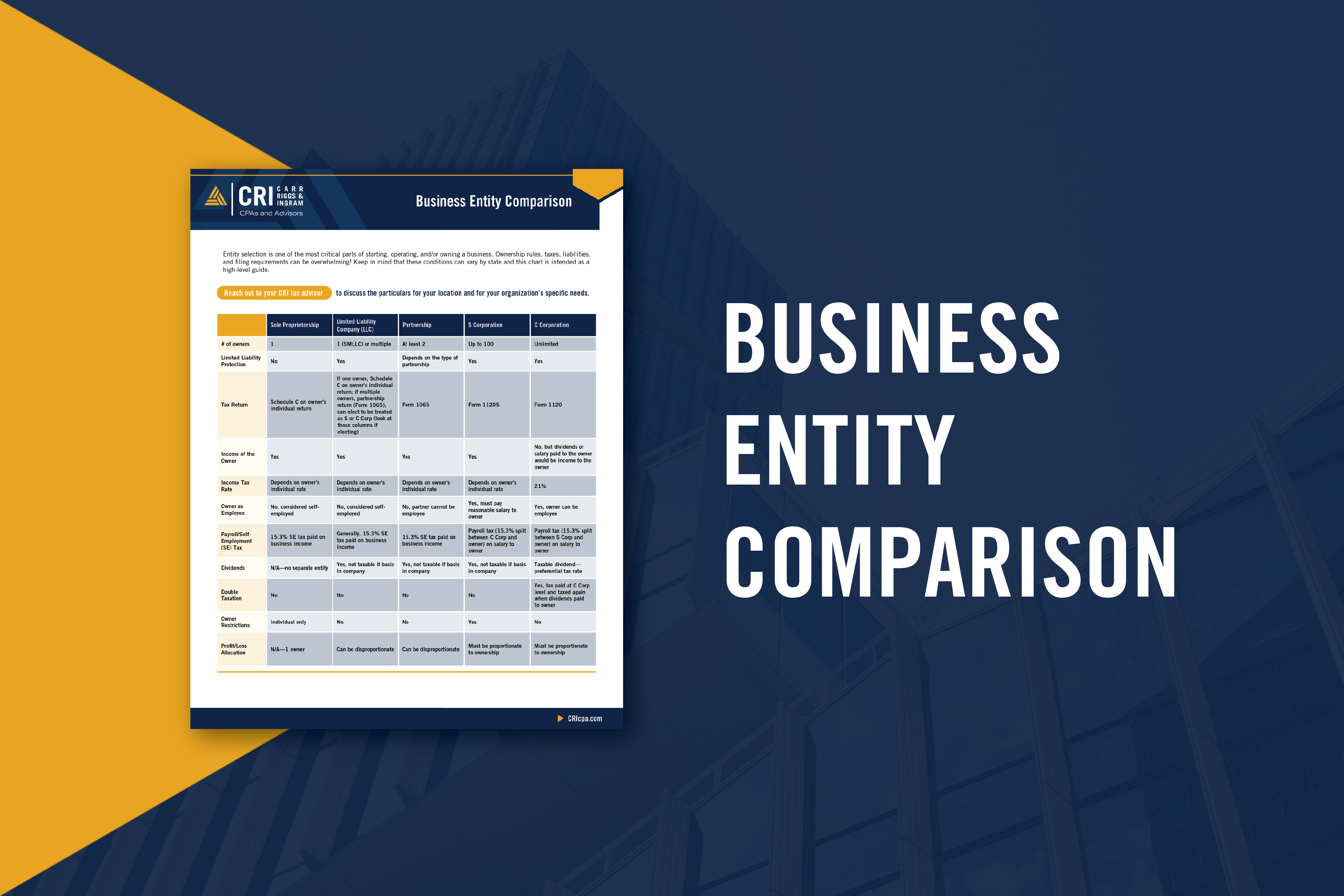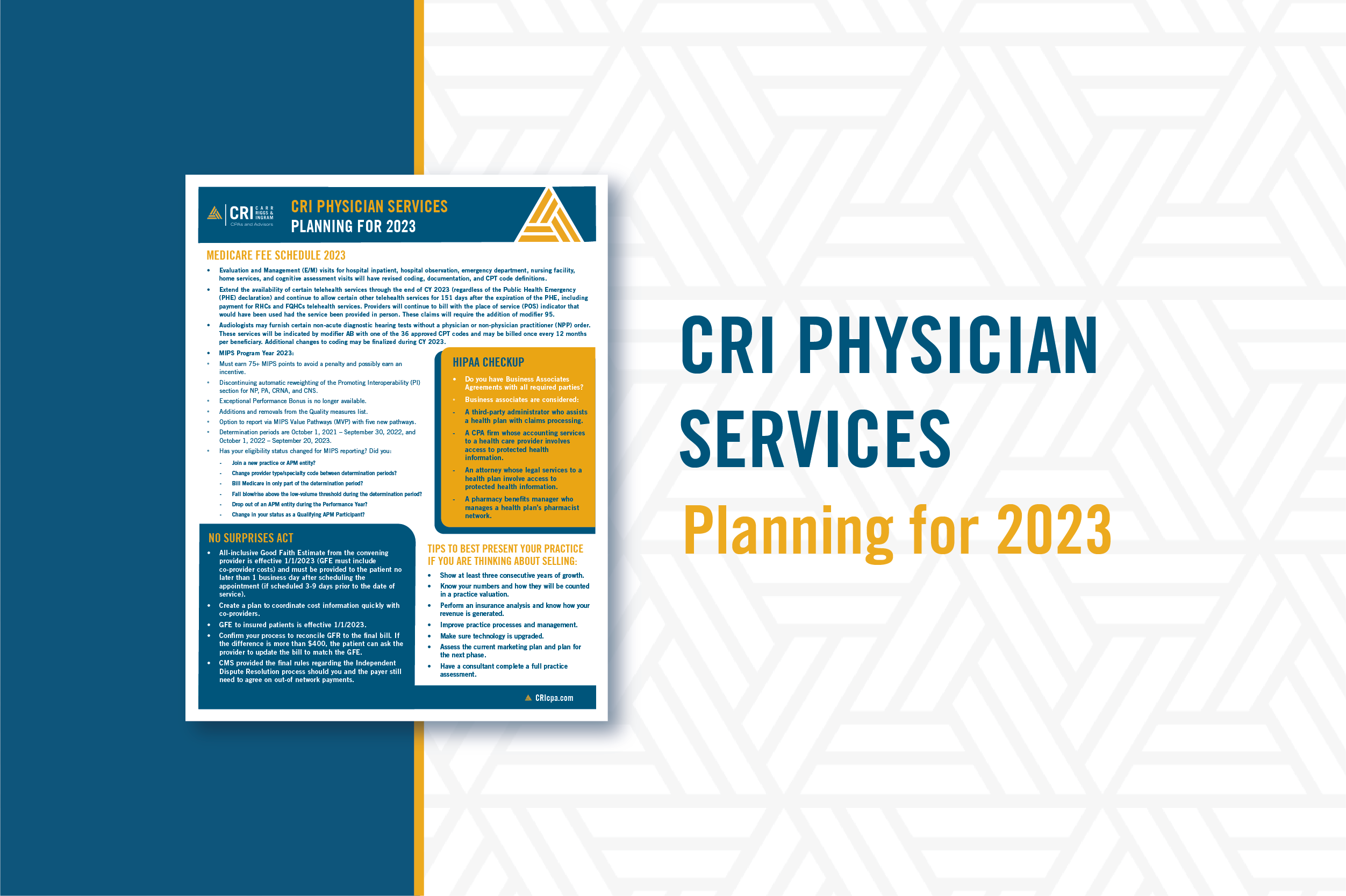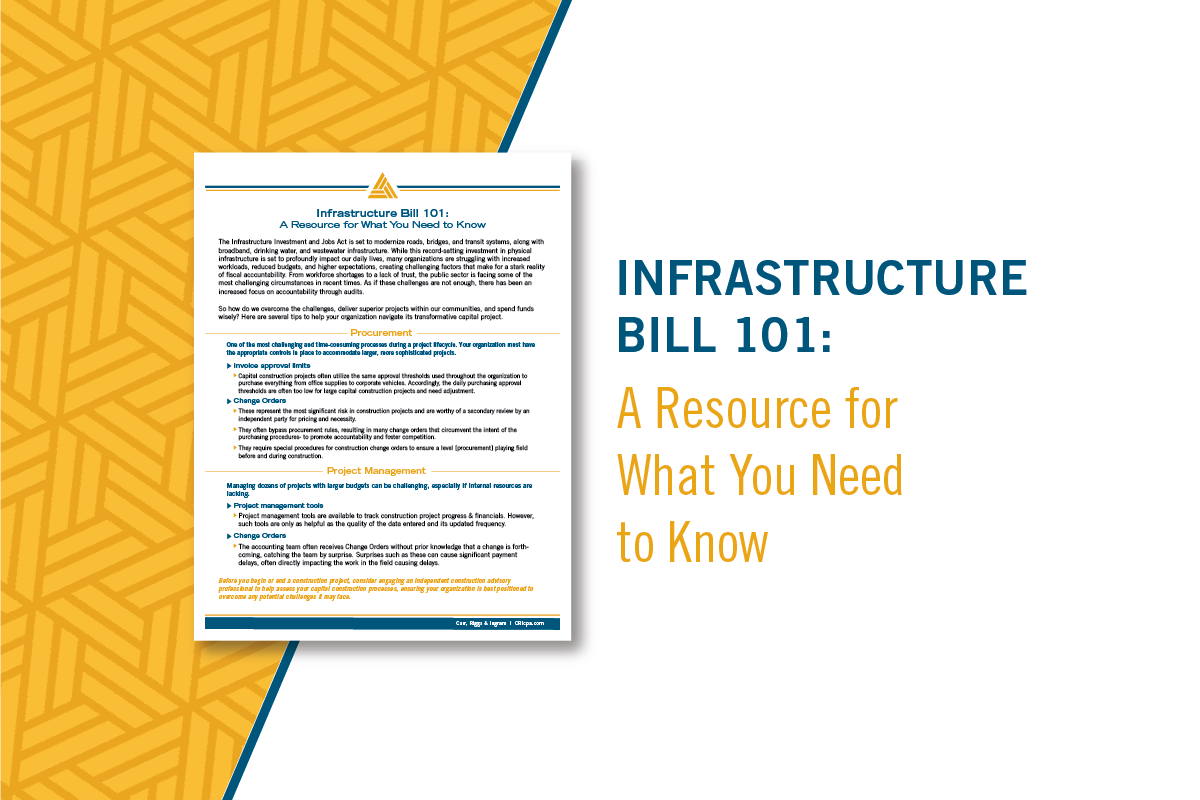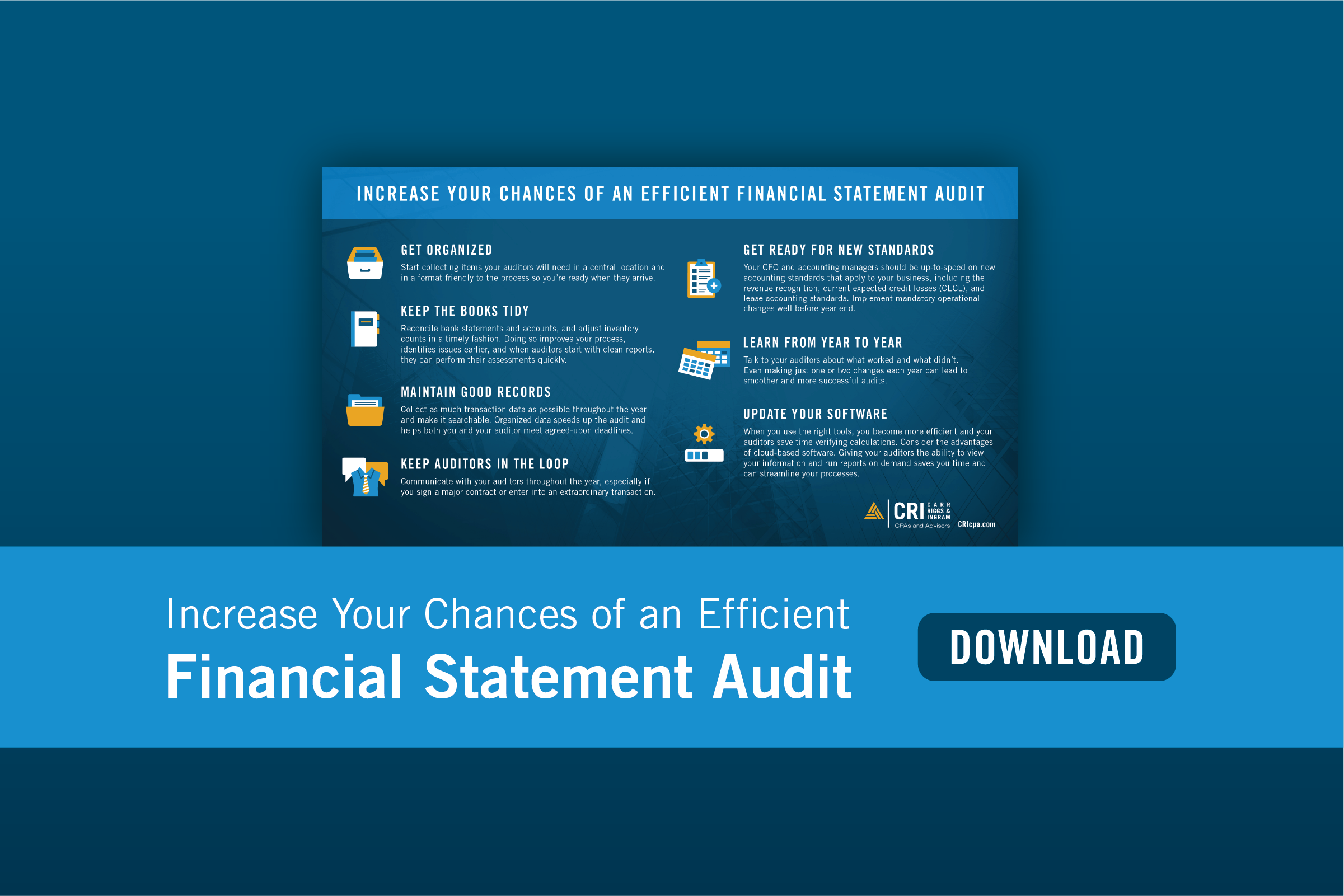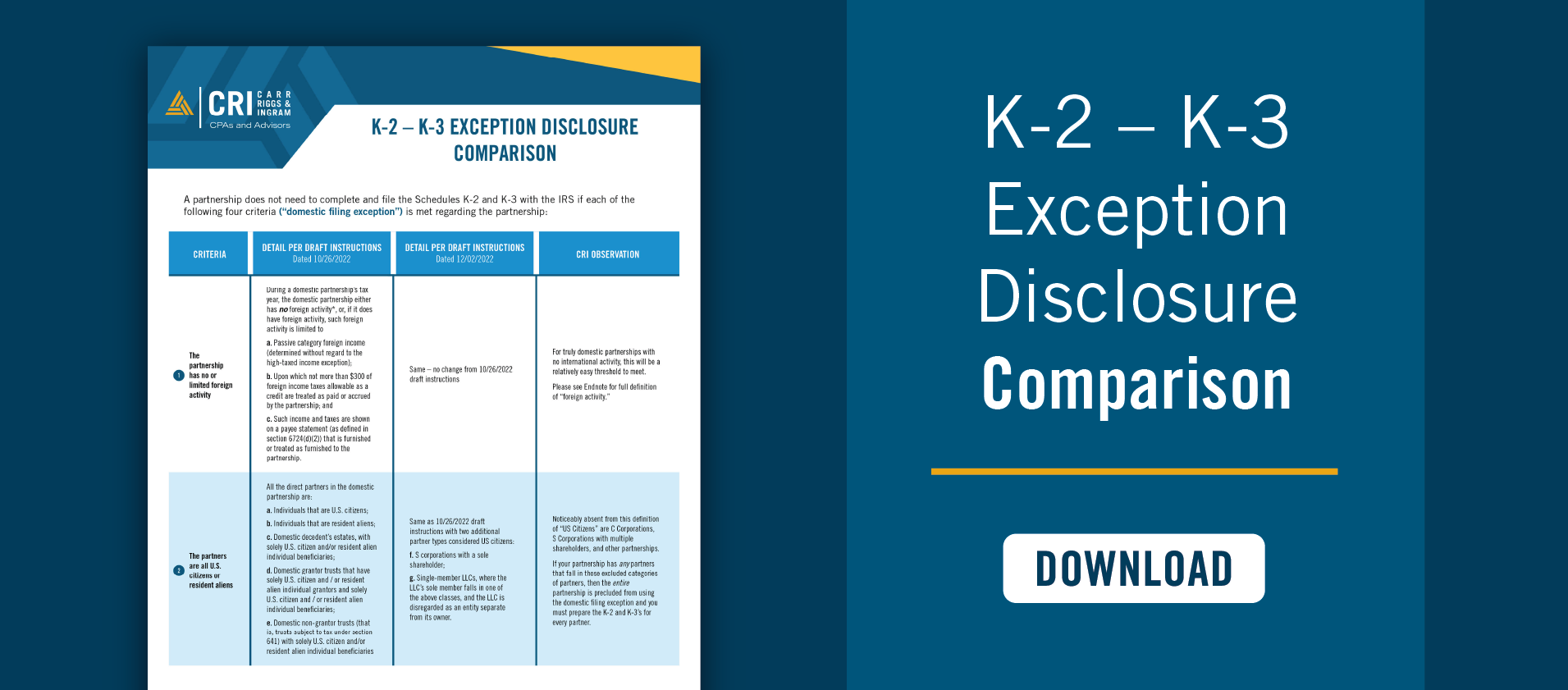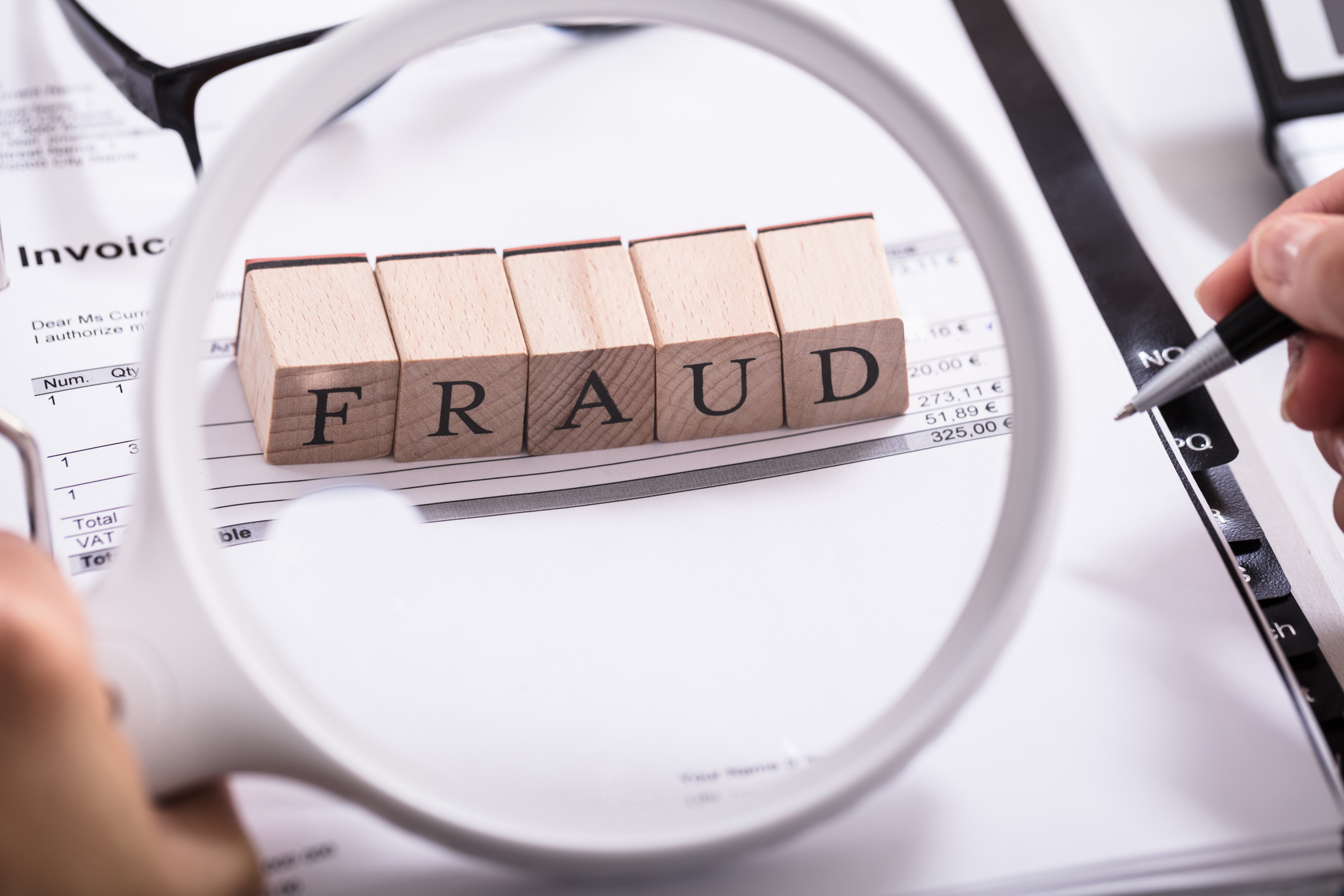5 Tips for Lessening Stress with Nonprofit Audit Preparation
- Contributor
- Lindsay J. Aviles
Apr 25, 2022
Does the thought of your not-for-profit’s annual external audit make you nervous? If so, relax and take a deep breath. These five nonprofit audit preparation tips will help alleviate audit stress for both the nonprofit staff and the external auditors.
1. Be prepared with pre-audit items
Most auditors will provide a list of items needed during the audit with deadlines for each item. If such a list isn’t provided automatically, then ask the auditor for a list.
Review the list and ask any questions prior to the beginning of fieldwork. Also, be sure to address any difficult items to ensure they’ll be ready by the agreed-upon deadlines.
Because unpredictability is a required element in the audit, some information will need to be produced on the spot--such as specific expense reports, journal entry support, or grantor or program reports.
2. Have realistic expectations
Audit expectations and responsibilities should be clearly spelled out in the engagement letter with the audit firm.
Today’s professional standards draw a clear line between accounting and auditing services, and auditors must stay independent of the organization’s accounting processes.
Accounting “clean-up” tasks that can’t be handled internally due to a lack of expertise should be considered for possible impairment of auditor independence and possibly outsourced to a different CPA firm. Such tasks may include preparing year-end journal entries, reconciling bank accounts, and various prepaid expense and accrued liability analyses.
But if the organization is capable and “owns” the process, then the audit firm can assist with certain analysis and adjustment information outside of the audit. These services are best-addressed upfront so that independence is maintained.
3. Minimize risks year-round
Self-assess inherent internal control weaknesses and determine the necessary internal controls to look for improvement “opportunities.” Periodically determine whether the organization’s policies and procedures are being followed. Additionally, ensure that documentary evidence of internal controls is retained for the audit, such as, for example, evidence of review and approval over payroll journals. If your operations have changed or evolved, discuss these developments with the auditor during the year and update policies and procedures accordingly. Waiting until fieldwork begins may delay the audit process.
4. Be prepared to manage any internal control deficiencies
The auditor applies risk standards during the audit, including understanding your internal controls in significant areas. Areas the auditor may examine include:
- More than one person handling cash receipts and reviewing and approving cash disbursements and payroll,
- A second person authorizing contracts and their payment, and
- Adequate oversight of the organization’s checks and balances system.
After reviewing the assembled risk and internal control information, the auditor could determine a “significant deficiency” or “material weakness.”
Prepare a written response including whether action has been taken or will be taken on any matter identified in the auditor’s management letter. This action is important to an audit committee and board as they oversee the audit and overall system of checks and balances.
5. Keep the lines of communication open
Communicating with the auditor year-round is critical and facilitates the timely completion of the annual audit. Be proactive in understanding new guidance or accounting pronouncements and any potential impact on future audits or financial reporting.
Rock on with CRI's Nonprofit CPAs
Incorporating these five tips on a year-round basis can help mitigate audit stress. CRI’s not-for-profit CPAs can help your organization pinpoint problems with financial management and financial reporting, as well as identify ways to reduce risk and strengthen internal controls. We’d love to discuss your audit needs; meet us on the porch, and we’ll save a rocking chair for you.


















































